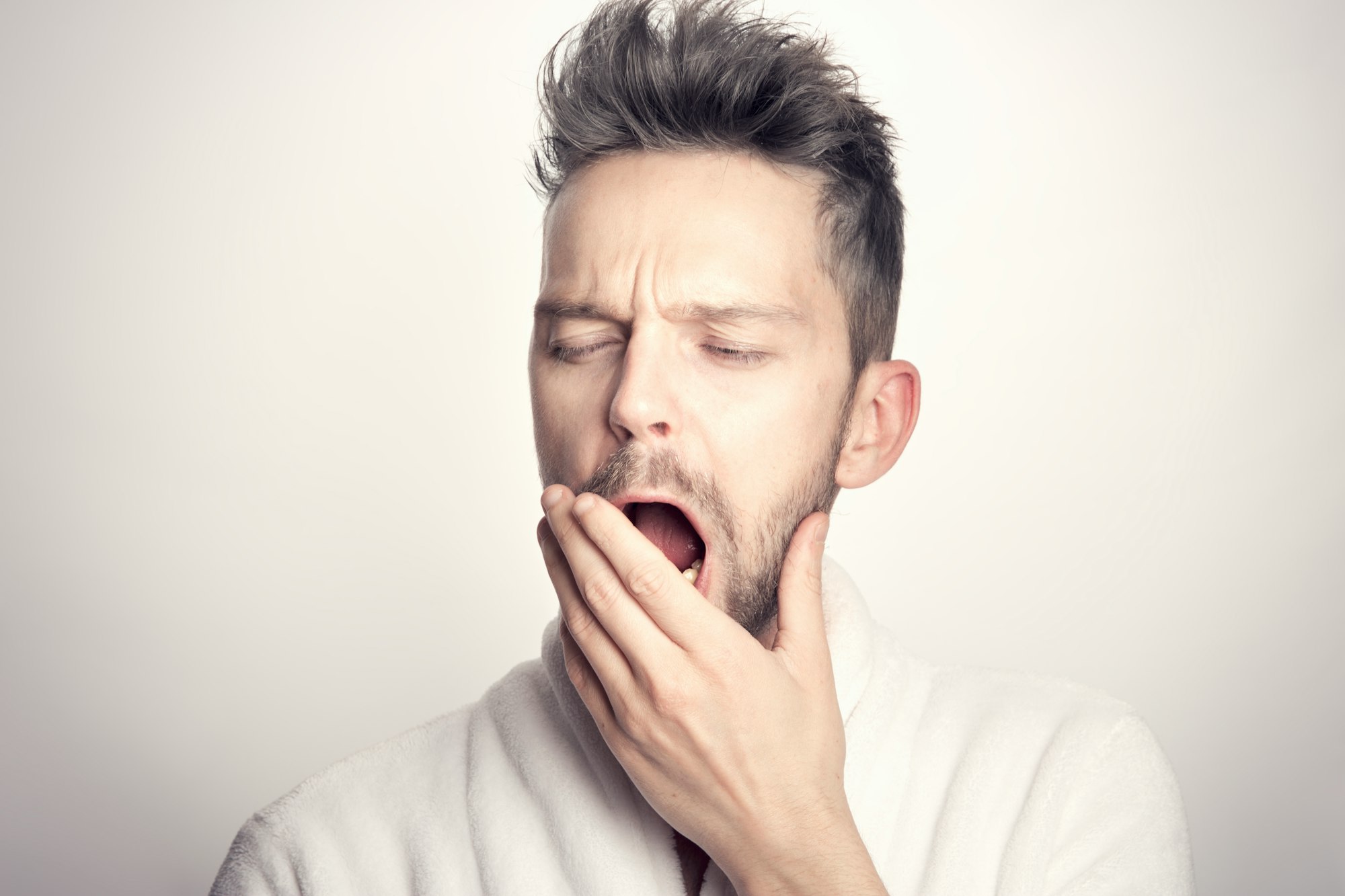What is sleep apnea, what are the symptoms, and how to take action
Sleep apnea is a sleep disorder in which breathing repeatedly stops and starts. What are the symptoms and risks of sleep apnea? How do you treat and manage sleep apnea?

What is sleep apnea?
Sleep apnea is a sleep disorder that is different from insomnia or poor sleep. One thing the two sleep disorders have in common is daytime fatigue. Most people who experience sleep apnea initially complain of being very tired during the day or even falling asleep unintentionally. Sleep apnea can be underdiagnosed or missed altogether because daytime fatigue and low energy overlap with insomnia.
Sleep apnea means we repeatedly stop breathing for a few seconds while sleeping, and there are two types. Obstructive sleep apnea (OSA) is the most common and caused by a physical "block" or pressure that causes the airway to collapse temporarily, and air cannot travel from your nose, into your lungs, and back. The blockage can be tissue from a large neck, larger adenoids or tonsils, a misaligned jaw, or overweight.
Sleep apnea is usually worse when you lay on your back because gravity pushes down your airway. When an apnea event happens, your breathing briefly pauses, your brain activates the body to breathe, and a brief (and often undetected) awakening happens. Snoring can often follow because the body tries to "push" air through the collapsed airway. You can imagine the amount of fatigue that results if these mini awakenings happen multiple times per hour throughout the night. Because you are unaware of these awakenings, you wake up tired and dragging the next day.
The 2nd type of sleep apnea is central sleep apnea. Central sleep apnea is a neurological "glitch" and not physical factors like obstructive sleep apnea. Central sleep apnea occurs in about 1% of the general population and is more common with other medical or neurological disorders.
Symptoms & Risk Factors
The most common symptom of sleep apnea is daytime fatigue because people are not aware they are waking up frequently when their brain kickstarts your body awake to take a breath.
Other symptoms of sleep apnea include:
- Snoring
- A partner/friend notices pause or stops in your breathing patterns at night
- Waking up with a dry mouth
- Headaches
- Frequent nighttime urination
- Irritability
- Difficulty concentrating during the daytime
- Falling asleep during the daytime by accident
Risk factors include:
- High blood pressure
- Older age
- Male or postmenopausal women
- Large neck circumference (larger than 17 inches around)
- Being overweight
- Family history of sleep apnea
- Nasal congestion
Women are less diagnosed with sleep apnea than men with similar symptoms. When they present to medical professionals, their fatigue is more likely to be explained as anxiety or depression. Depression and anxiety can happen along with sleep apnea and also worsen it. Sleep apnea is also overlooked in muscular younger people with a large neck circumference or high BMI, but not excess weight. Sleep apnea should be diagnosed and treated as a separate medical disorder.
How is sleep apnea diagnosed and treated?
The first step is talking to your doctor about your symptoms and getting a sleep study. You should seek medical advice if you have multiple symptoms or risk factors for sleep apnea. Because sleep apnea causes mini awakenings, behavioral strategies will not treat it. Improving your lifestyle and sleep health behaviors can help immensely, but someone with sleep apnea will continue to feel significant daytime sleepiness until appropriately treated.
A sleep study is required to diagnose and determine the severity of sleep apnea. Home sleep studies are becoming more popular but have limitations and do not capture sleep stages. They can still be an excellent first step, get the basic information about your breathing patterns, and diagnose sleep apnea.
Overnight sleep studies completed in sleep labs are another option. They provide more information about your sleep (e.g., how long you are in each sleep stage and limb movements) but are not always accessible. Sometimes, people get anxious about spending the night in a lab and prefer to use the in-home test.
The number of this times your body "wakes up" to take a breath within one hour determines the severity of your sleep apnea. The treatment options depend on your sleep apnea severity.
Positional therapy and mouth appliances can treat mild sleep apnea. Myofunctional exercises can also help mild sleep apnea, but need to completed regularly. A CPAP (continuous positive airway pressure) machine is the recommended treatment if you are diagnosed with moderate to severe apnea.
A lot of people are unaware they have sleep apnea. That is understandable; however, not treating sleep apnea can worsen sleep, mood, and other health issues, so it's an integral part of your overall wellness and can be treated! Others may avoid treating it or want to steer clear of a CPAP.
Lifestyle changes that can help manage sleep apnea:
- Reduce or consider eliminating alcohol or smoking
- Decrease weight
- Use pillows or other props to stay on your side while you sleep
- Reduce water/liquids before bed
- Manage allergies or any causes of nasal congestion
